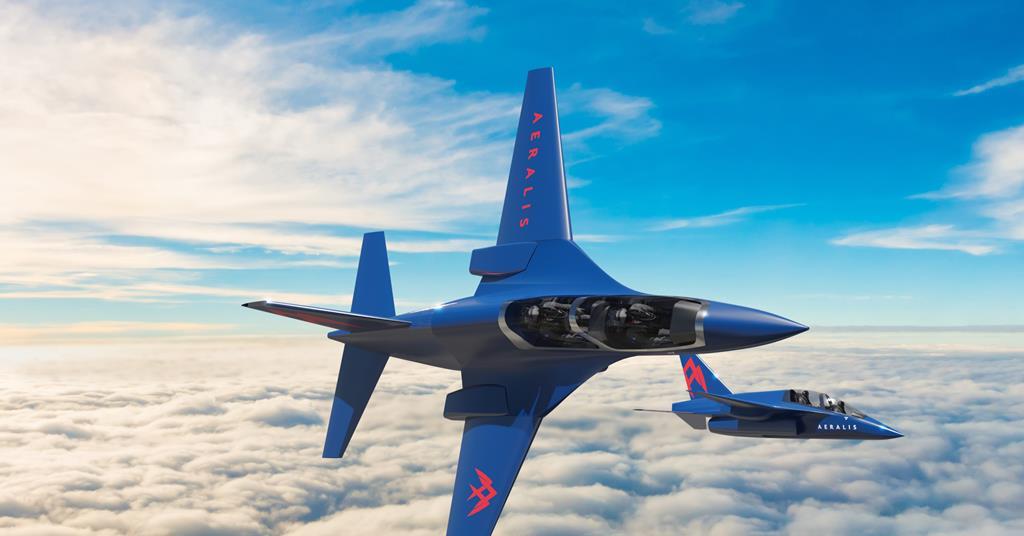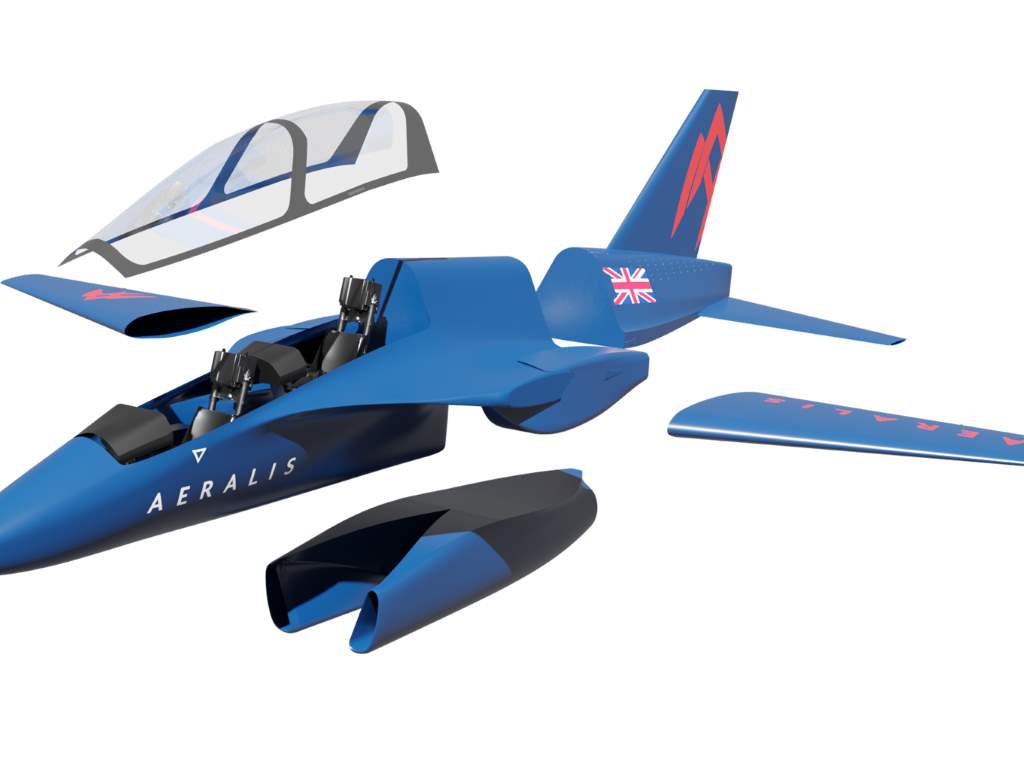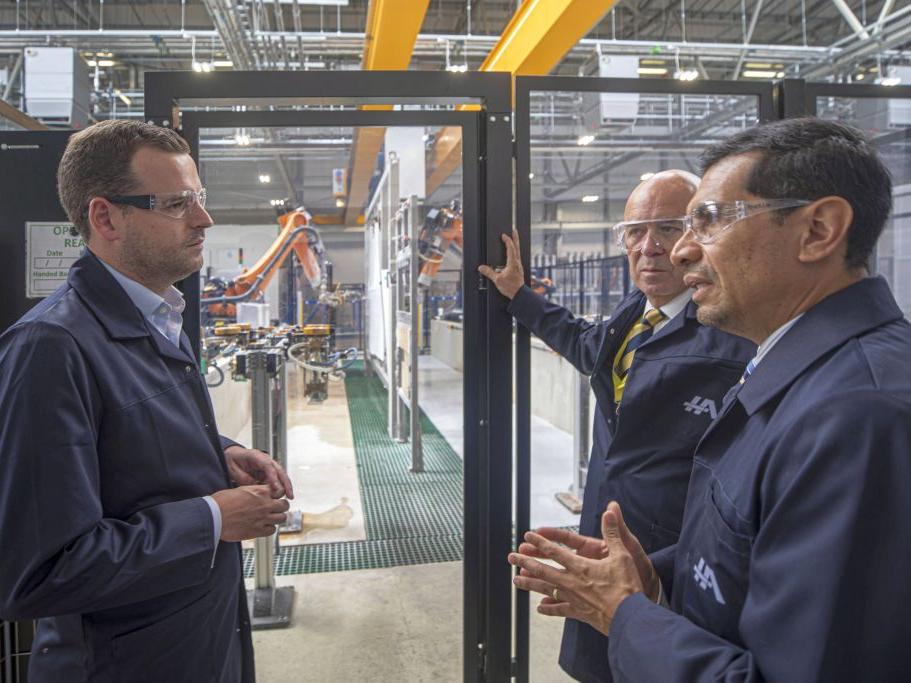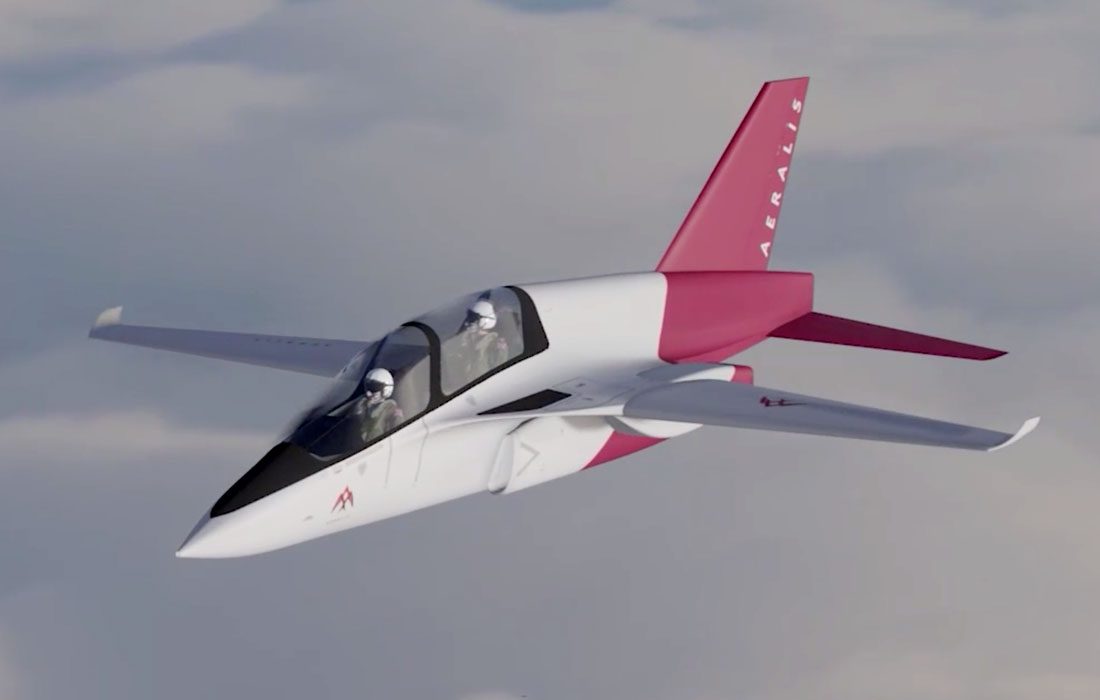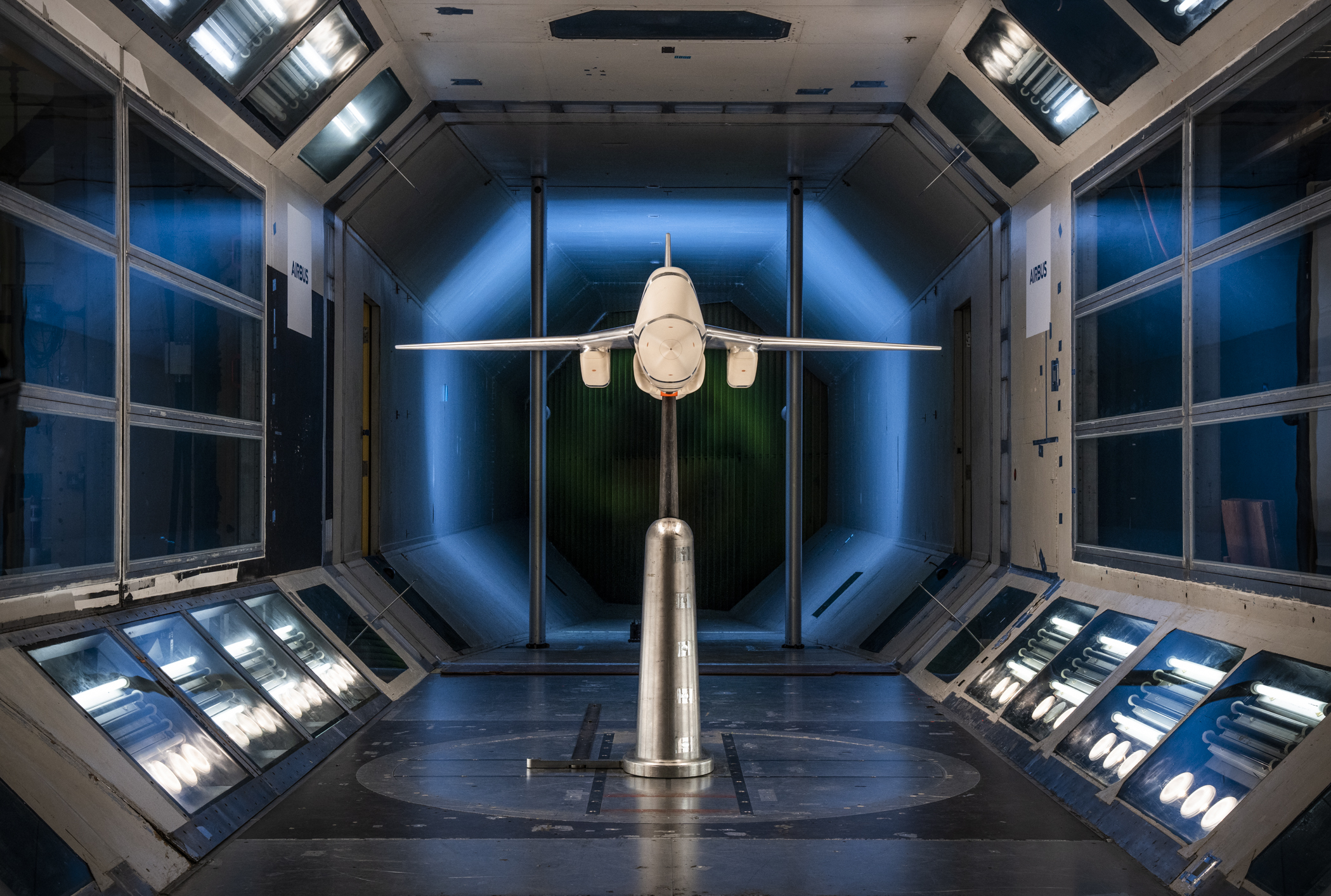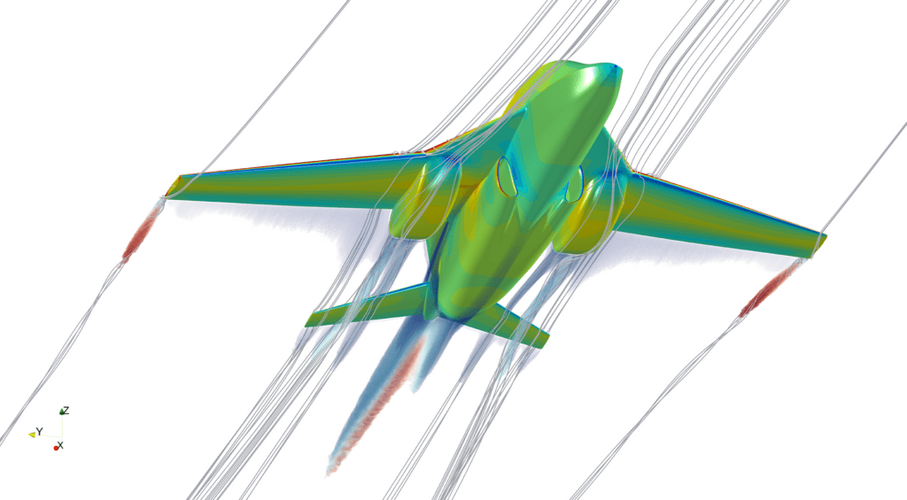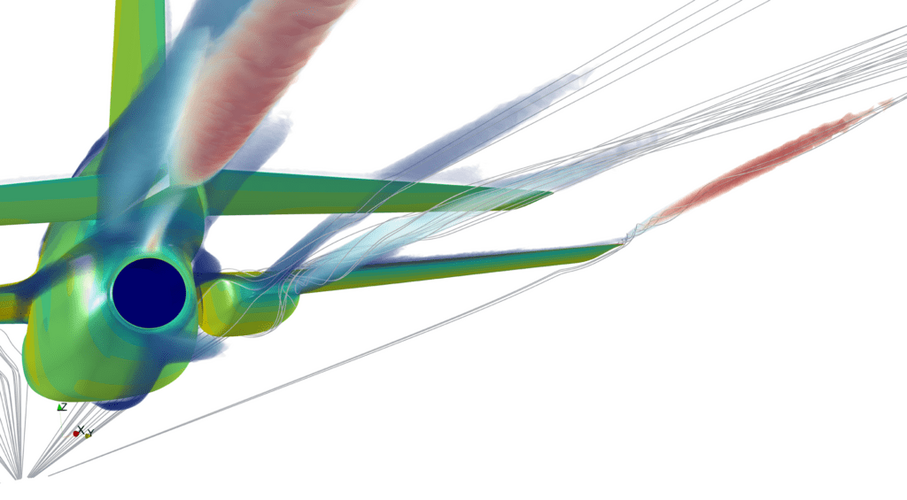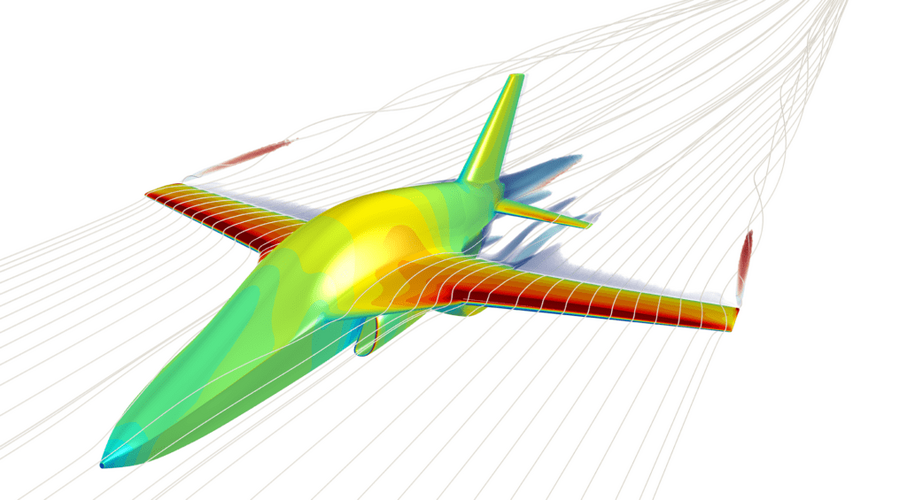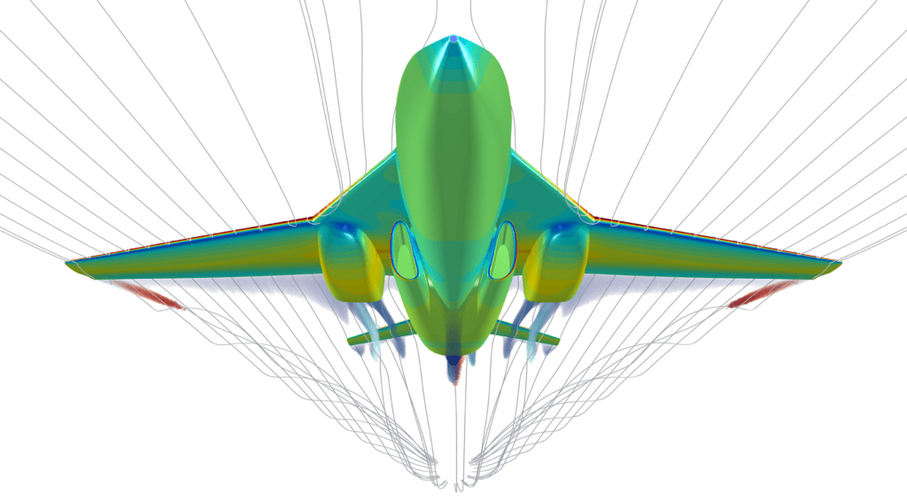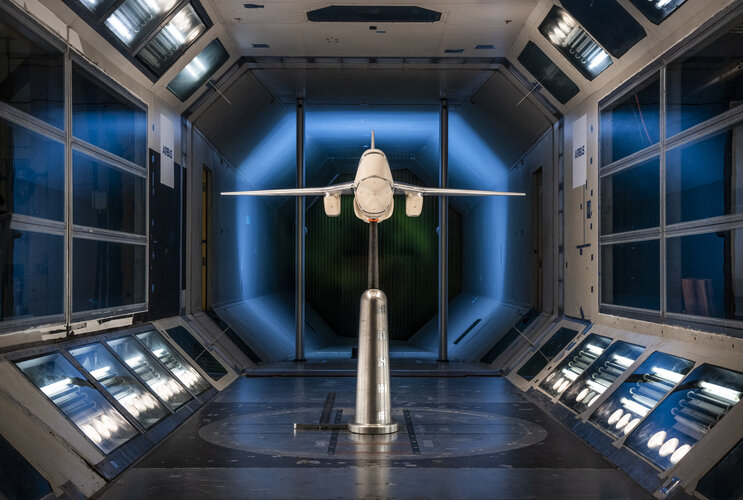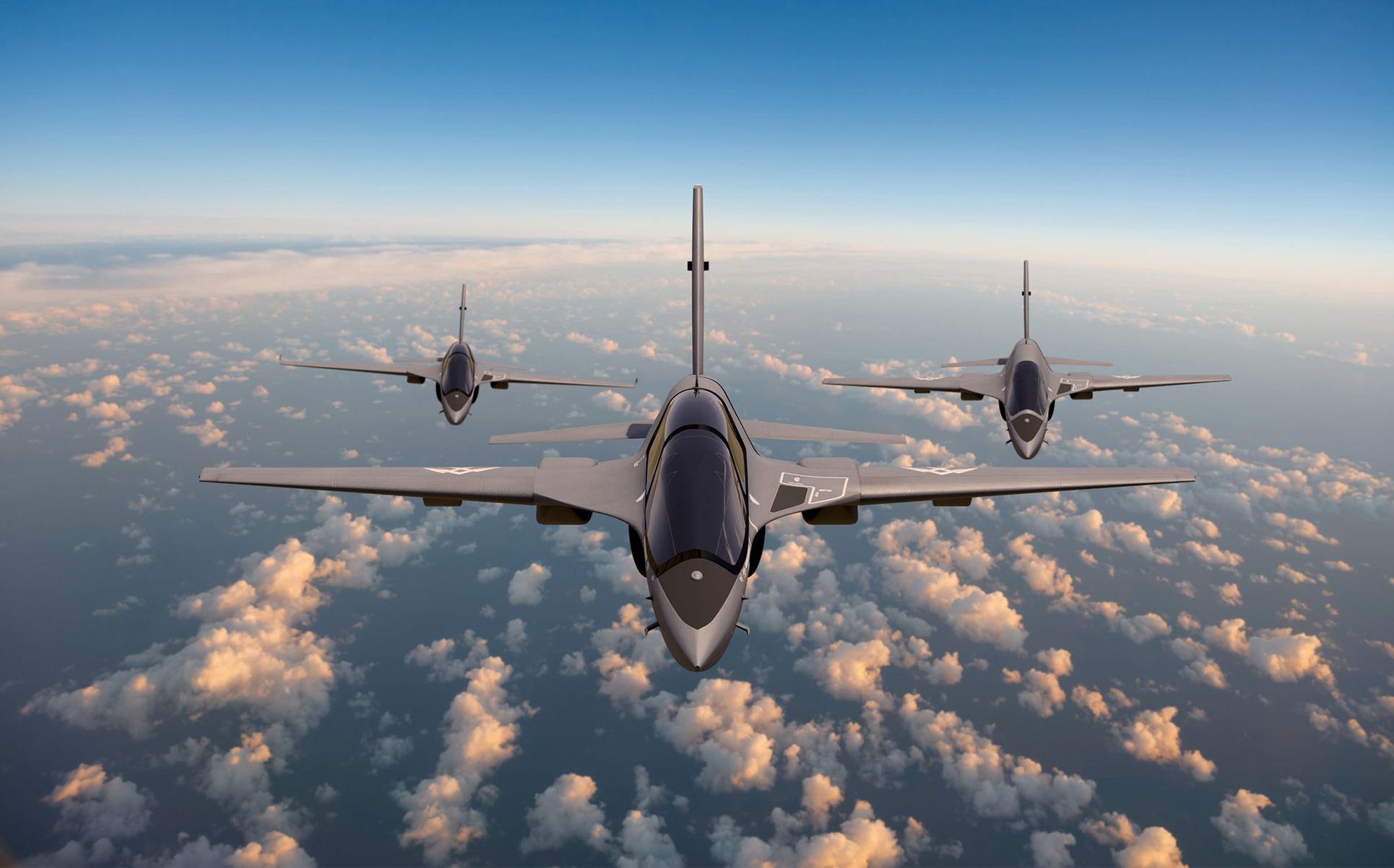Imo the biggest weak-link in this concept is that Aeralis is supposed to be both a basic trainer and an advanced trainer, most of its more advanced models being based off the advanced trainer.
On the basic trainer side of things, turboprops have basically almost completely replaced the basic jet trainers. What's more to say when RAF itself is using Tucanos for BFJT, which I think already gives some hints on what one should think about Aeralis' approach. I mean, sure there are some examples like the Italian airforce which has the MB-339/M-345 that kind of bridges the basic training and advanced training phase but to my knowledge, since the S.211, M-345 is the only jet powered trainer also meant to perform the basic training role designed in the west, and that also porbably only commercially viable since it is based on the S.211. Hell, by now most people would've forgotten about its existence, but one of Textron AirLand Scorpion's envisioned market was the basic trainer one; and its business case was utterly destroyed by turboprops as well. What's better, Scorpion was also meant to be a modular aircraft that could fulfill different roles, although in case of Scorpion it was a modular mission payload on the centre bay, being way less ambitious.
I, for one, can't really see how Aeralis would be any better on that regard in the basic trainer market. There are even models like PC-21 which Pilatus is pitching as a turboprop that can fulfill both the basic and advanced trainer role, basically an overlapping market position to the M-345; we're already seeing who's winning out here. Even if we only count the sales from 2017 onwards, when the Italian air foce placed its orders for the M-345, PC-21 is still ahead and I only expect the gap to widen going forward.
Even if we assume a situation in which there's an actual business case for a newly designed jet-powered basic trainer, designing a common design on which not only both the basic trainer and advanced trainer are based off of, but also more heavy duty roles like a LIFT, LWF, agressor, etc. are based on seems just ill-advised. Aeralis' original vision of Dartjet, which could perform the roles of both the basic and advanced trainer, was probably only expanded to what Aeralis is today because they've realised there's already an existing option in M-345, which is basically what Dartjet was supposed to be. JSF started on the grounds that a tri-service common-design fighter was gonna save them more than $40 billion. We know how that ended.
Last but not least, most of those air forces who actually want a light weight fighter/operational trainer/agressor wants an aircraft that could do not just one of them but all of them. Even better if that same aircraft can be used as an advanced trainer and a LIFT... which is exactly what the TA/FA-50 is, and KAI have enjoyed great success taking bulk of this niche market. So, TA/FA-50 already has an inherent advantage in terms of established userbase and maintenance commonality issues compared to Aeralis' concept which actually is disadvantageous when it comes to economics of scale. They are basically fragmentating a market demand which could be fulfilled with a single model into several different models, albeit based on common designs, but with dissimilar modules. It just doesn't make sense if you consider how the market has been for the last decade and how it most likely will continue to be. Not to mention the 38% parts commonality the T-50 design shares with the F-16, as well as very similar handling characteristics/very short transition time from T-50 to F-16, which are both clear advantage for the T-50 family.
To sum it up, it loses out to turboprop trainers in the basic trainer segment, has strong competition in the "basic and advanced" trainer segment, its concept not actually suited for more advanced missions segment compared to existing design(s), Aeralis' claims regarding what they could achieve with digital engineering still unproven and still without any concrete primary user/customer/investor. All in all, even if Aeralis can design a common design trainer with help of digital engineering/digital twin with ease as they claim, I just can't see a business case with their concept of modular trainer. It just feels like a fancier Scorpion in the making.

 www.rolls-royce.com
www.rolls-royce.com


